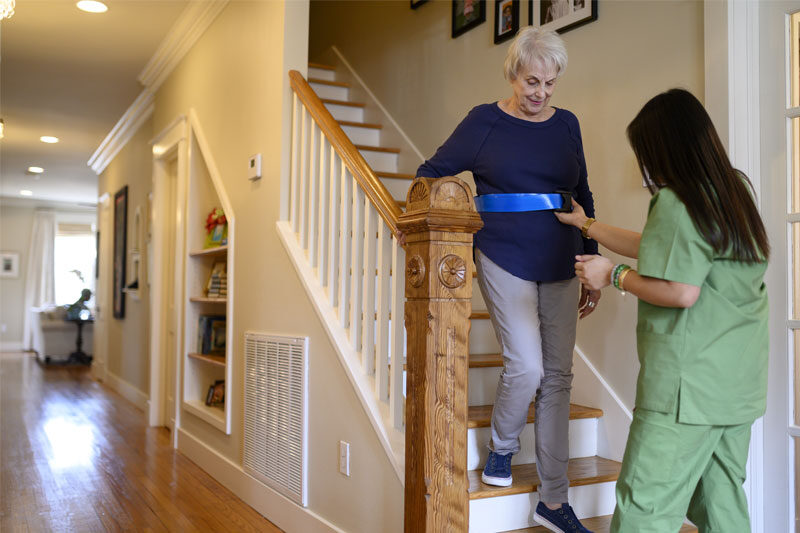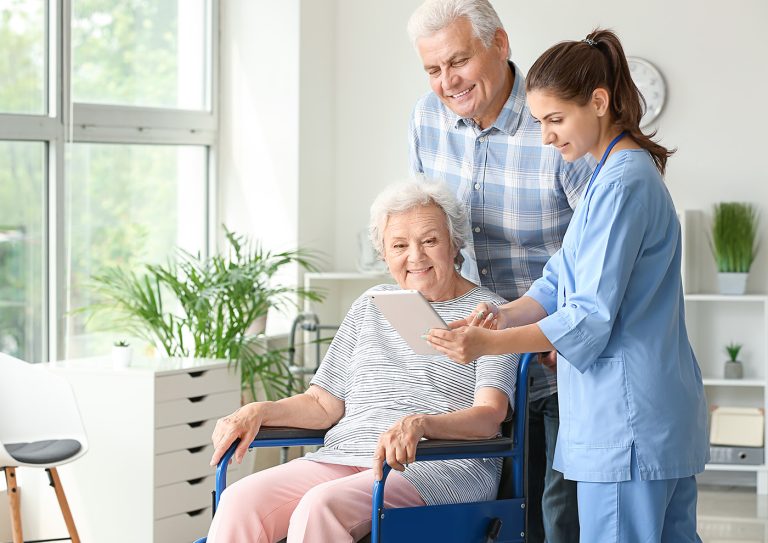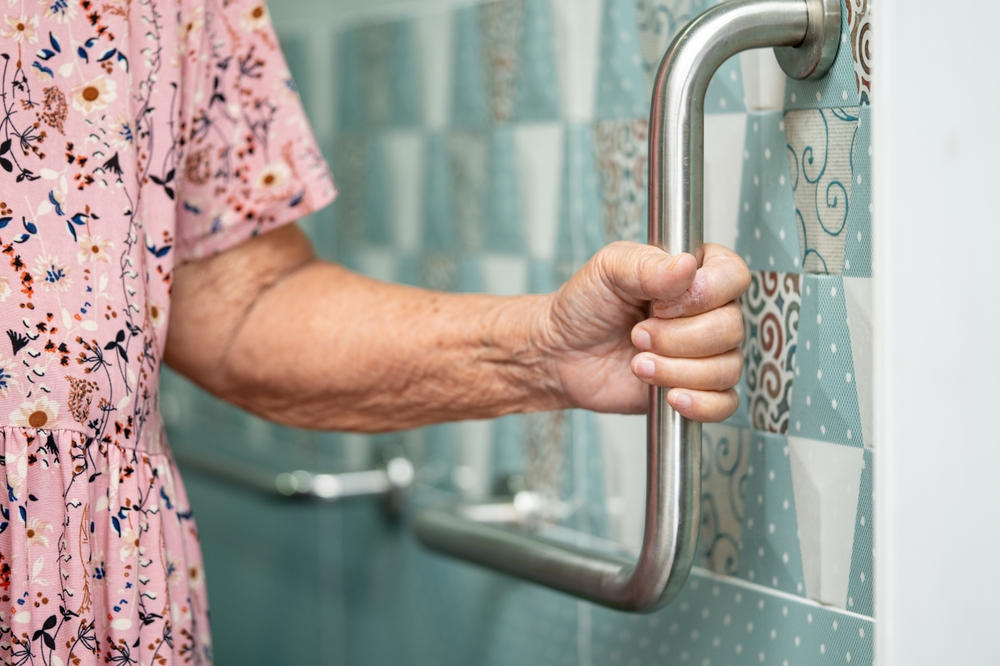As our loved ones age, the risk of falls becomes a significant concern. Fractures caused by elderly falls are not only common but can lead to severe health complications. Recognizing the impact of these falls and how they affect our elderly population is crucial for every family caregiver. In this article, we will explore the consequences of falls, preventive measures, and how to support our seniors in maintaining their independence.

The Prevalence of Falls in the Elderly
Falls are a major public health issue among the elderly. According to the National Institute on Aging, about one-third of seniors over the age of 65 experience a fall each year. These falls often result in fractures, with hip, wrist, and spinal fractures being the most common. The consequences of these injuries can be life-altering, impacting mobility and overall quality of life.
Understanding the Causes of Falls
Several factors contribute to the high incidence of falls among the elderly:
- Muscle weakness and joint stiffness, which can affect balance and coordination.
- Vision problems, making it difficult to see obstacles.
- Medications that cause dizziness or drowsiness.
- Environmental hazards such as loose rugs or poor lighting.
Common Fractures from Falls
The types of fractures resulting from falls can vary, but some are more common than others:
- Hip fractures are perhaps the most serious, often requiring surgery and extended rehabilitation.
- Wrist fractures occur when individuals try to catch themselves during a fall.
- Spinal fractures can lead to long-term pain and disability.
Each of these injuries can have a profound impact on an elderly person’s ability to live independently. For more information on how these injuries affect independence, you can read our article on senior independence.
Preventive Measures to Reduce Falls
Preventing falls is key to protecting our seniors from fractures and other injuries. Some effective strategies include:
Improving Home Safety
Ensuring a safe living environment is crucial. Consider these modifications:
- Install grab bars in bathrooms and handrails on stairs.
- Remove tripping hazards like clutter and loose rugs.
- Ensure adequate lighting throughout the home.
Encouraging Regular Exercise
Physical activity can improve strength, balance, and coordination. Programs such as tai chi or yoga are excellent for seniors. Additionally, consider consulting a physical therapist who can tailor exercises to an individual’s abilities.
Regular Health Check-Ups
Regular visits to healthcare providers can help manage existing health conditions and medications that may contribute to falls. Vision and hearing checks are also important to address any sensory impairments.
Supporting Seniors After a Fall
Despite our best efforts, falls can still occur. Knowing how to support seniors after a fall is crucial for their recovery.
Medical Attention
Immediate medical attention is essential after a fall, even if injuries aren’t apparent. Some fractures and internal injuries may not be immediately visible.
Rehabilitation
Depending on the severity of the injury, rehabilitation may be necessary. Physical therapy can help restore strength and mobility, while occupational therapy focuses on adapting daily activities to the individual’s capabilities.
Emotional Support
Falls can be a frightening experience, leaving seniors feeling vulnerable. Providing emotional support and ensuring they feel safe and secure in their environment is vital. Encourage open communication about their fears and concerns.
For further reading on fall prevention, visit the American Geriatrics Society’s [Fall Prevention Facts](https://www.healthinaging.org/a-z-topic/fall-prevention/basic-facts) page.
Conclusion
Understanding the impact of fractures caused by elderly falls is essential for family caregivers. By taking preventive measures and providing support, we can help our seniors maintain their independence and quality of life. For more on related topics, check out our article on fall-related deaths among seniors.

Frequently Asked Questions
What are the most common fractures in the elderly?
The most common fractures include hip, wrist, and spinal fractures. These injuries can significantly impact an elderly person’s mobility and independence.
How can I help prevent falls in the elderly?
Improving home safety, encouraging regular exercise, and ensuring regular health check-ups are effective strategies to prevent falls.
What should I do if my elderly loved one falls?
Seek immediate medical attention, even if no injuries are visible. Follow up with rehabilitation and provide emotional support to help them regain confidence.
This article contains affiliate links. We may earn a commission at no extra cost to you.






